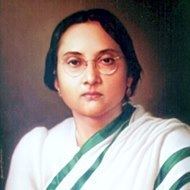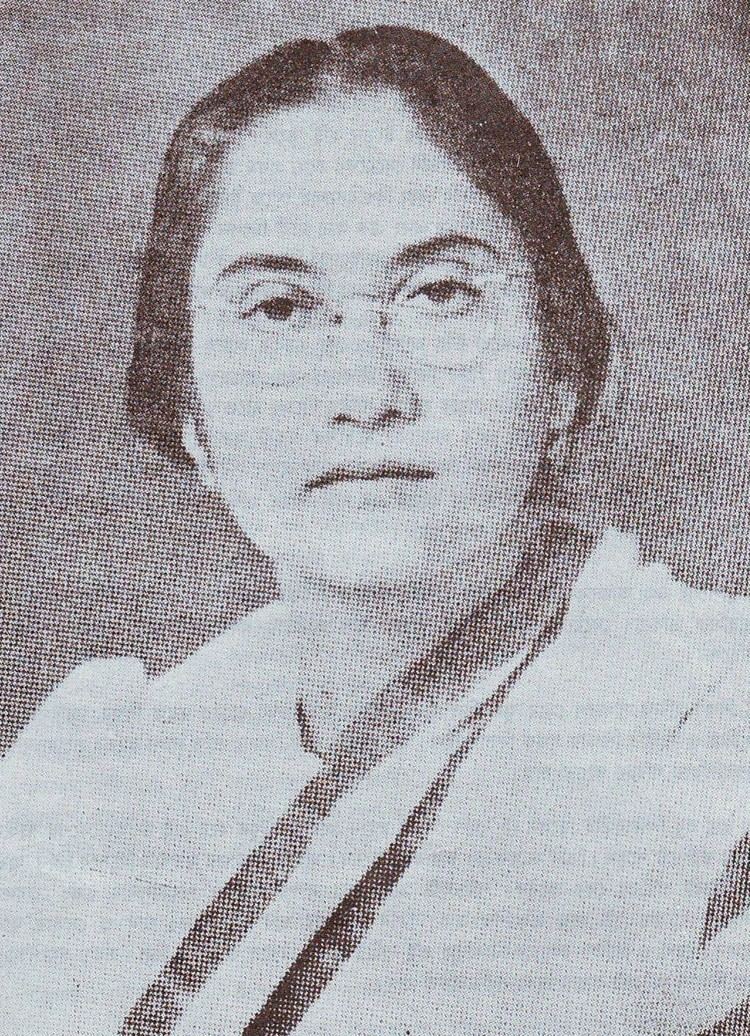Nationality Indian Name Leela Roy Other names Leelaboti Roy Role Indian Politician | Ethnicity Bengali Religion Hinduism | |
 | ||
Born October 2, 1900 ( 1900-10-02 ) Goyalpara, Assam, British India Movement Indian Independence Movement Spouse Anil Chandra Roy (m. 1939) Education University of Calcutta, Bethune College Organization Indian National Congress, All India Forward Bloc Born 2 October 1900 Goalpara, Bengal Presidency, British India Organization(s) Deepali Sangha, Indian National Congress, Forward Bloc Similar Malati Choudhury, Pritilata Waddedar, Kalpana Datta | ||
Women in Constituent Assembly | क्रांतिकारी जो महिलाओं को बम बनाना सिखाती थीं | Leela Roy
Leela Roy née Nag (Bengali: লীলা রায়) (2 October 1900 – 11 June 1970), was a radical leftist Indian politician and reformer, and a close associate of Netaji Subhash Chandra Bose
Contents
- Women in Constituent Assembly Leela Roy
- Family
- Social work
- Political activity
- Leela Roy and Bhagwanji Netaji
- References

Family
She was born into an upper middle class Bengali Hindu Kayastha family in Sylhet in Bengal (now in Bangladesh and educated at the Bethune College in Calcutta, graduating with a gold medal in English. She fought with university authorities and became the first woman to be admitted to the University of Dhaka and earned her M.A. degree. Co-education was not permitted in Dhaka University. The then Vice Chancellor Philip Hartog gave a special permission for her admission.
Social work
She threw herself into social work and education for girls, starting the second girls school in Dhaka. She encouraged girls learning skills and receiving vocational training and emphasized the need for girls to learn martial arts to defend themselves. Over the years, she set up a number of schools and institutes for women.
She contacted Netaji Subhash Bose when he was leading the relief action after the 1921 Bengal floods, Smt. Leela Nag, then a student of the Dhaka University, was instrumental in forming the Dhaka Women's Committee and, in that capacity, raised donations and relief goods to help Netaji.
In 1931, she began publishing Jayasree, the first magazine edited, managed, and wholly contributed by women writers. It received the blessings of many eminent personalities including Rabindranath Tagore, who suggested its name.
Political activity
Leela Nag formed a rebellion organization in 1926 called Deepali Sangha in Dhaka where combat training were given. Pritilata Waddedar took courses from there. She took part in the Civil Disobedience Movement and was imprisoned for six years. In 1938, she was nominated by Congress President, Subhas Chandra Bose to the National Planning Committee of the Congress. In 1939 she married Anilchandra Roy. On Bose's resignation from the Congress, the couple joined him in the Forward Bloc.
In 1941, when there was a serious outburst of communal rioting in Dhaka, she along with Sarat Chandra Bose formed the Unity Board and National Service Brigade. In 1942, during the Quit India Movement both she and her husband were arrested and her magazine was forced to cease. On her release in 1946, she was elected to the Constituent Assembly of India.
During the partition violence, she met Gandhi in Noakhali. Even before Gandhiji reached there, she opened a relief center and rescued 400 women after touring on foot 90 miles in just six days. After the Partition of India, she ran homes in Calcutta for destitute and abandoned women and tried to help refugees from East Bengal.
Leela Roy and Bhagwanji/ Netaji
There are evidences that Leela Roy knew Netaji Subhas Chandra Bose alive & was in his contact till her death. She remained a great source of help to Bhagwanji/Netaji until her death in 1970. Before her passing, Leela Roy penned a letter to Dilip Roy, a close friend of Netaji, on 7 September 1963, following instructions from Bhagwanji, stating: "I wished to inform you about your friend... he is alive – in India."
There is a letter in which Netaji/Bhagwanji pays homage to Leela Roy, who died in 1970. Netaji used to call Leela Roy as "Lee". According to the expert Mr. B. Lal, by writing in upper case the writer tried to hide his identity, but failed. The handwriting matches with that of Netaji Subhas Chandra Bose.
